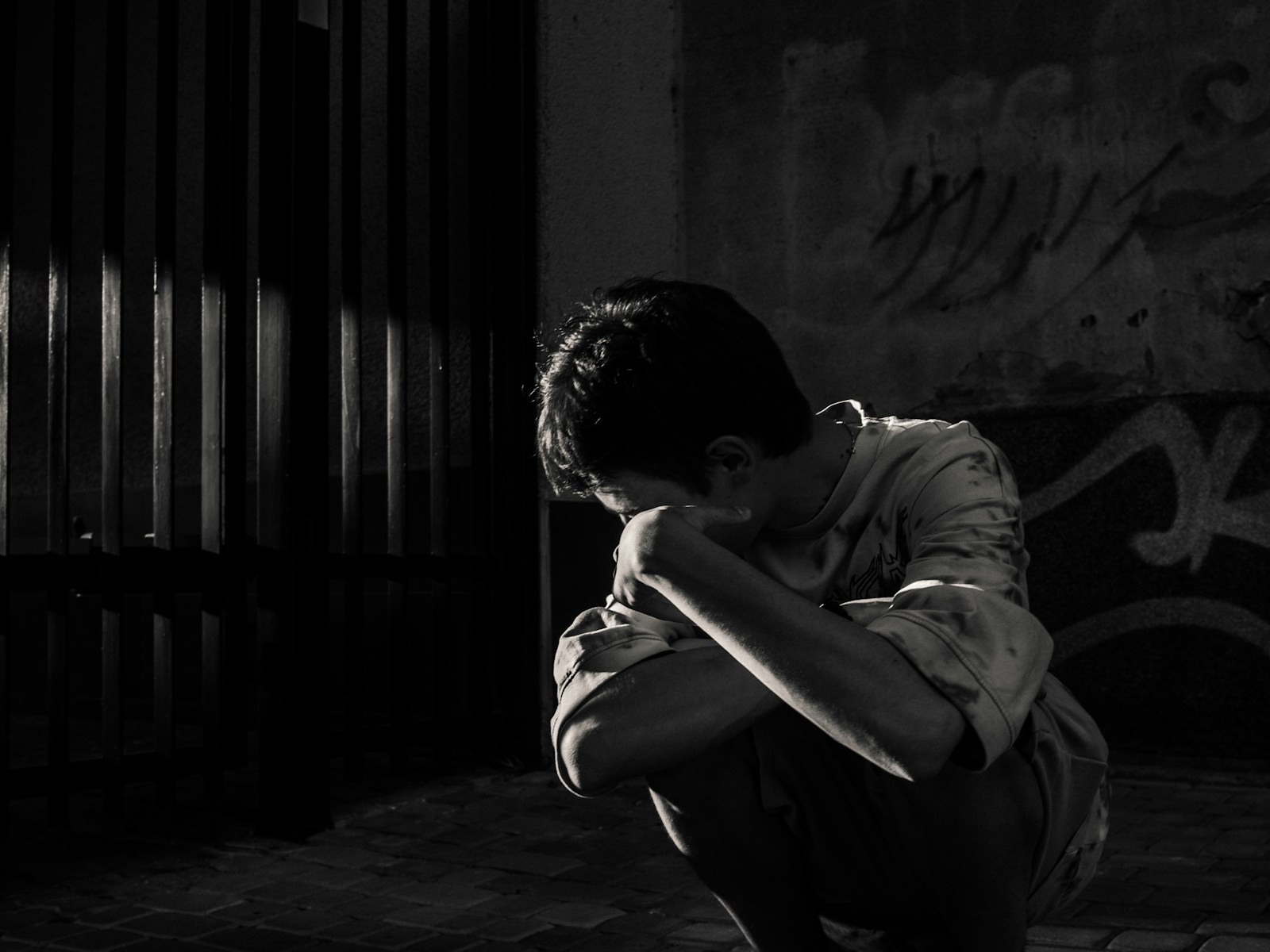The Epidemic of Despair: Deconstructing the Global Youth Mental Health Crisis

There is a quiet and devastating epidemic spreading among the world's young people. It is not caused by a virus, but it is just as contagious and just as dangerous. In country after country, from the United States to Europe to South Korea, rates of anxiety, depression, self-harm, and suicide among adolescents and young adults are rising at an alarming rate. The World Health Organization has declared it a global crisis, a "shadow pandemic" that was exacerbated by the COVID-19 lockdowns but whose roots run much deeper.
This is not a story about a generation that is "weaker" or less resilient than its predecessors. It is the story of a generation that has grown up in a fundamentally different, and in many ways more hostile, environment. To deconstruct this crisis is to hold a mirror up to the anxieties of our modern world.
The Digital Accelerant
While the causes of the crisis are complex and multi-faceted, it is impossible to ignore the central role of the digital revolution. Today's adolescents are the first generation to have spent their entire formative years tethered to smartphones and social media. The platforms that were designed to connect us are, according to a growing body of research, having a profoundly negative effect on their mental well-being.
Social media apps like Instagram and TikTok have created a funhouse mirror of reality, an endless, algorithmically-curated performance of perfect lives, perfect bodies, and effortless success. This creates a constant, corrosive pressure of social comparison that can be devastating to a developing sense of self. The fear of missing out (FOMO) and the constant need for validation through likes and comments have been shown to be major drivers of anxiety.
Furthermore, the very structure of the smartphone world has replaced many of the real-world interactions that are essential for healthy adolescent development. Hours that were once spent in unstructured, face-to-face play—a crucial process for learning social skills, resolving conflict, and building resilience—are now spent in the solitary, virtual world of a screen.
A World of Intensifying Pressure
The digital environment is layered on top of a world of intensifying real-world pressures. In many societies, including my own here in South Korea, the pressure to achieve academic perfection has become an all-consuming obsession. From a very young age, children are placed on a relentless treadmill of cram schools (hagwons), standardized tests, and hyper-competition for a limited number of university places. This leaves little room for play, for rest, or for the development of a well-rounded identity outside of academic performance.
This is compounded by a broader sense of "eco-anxiety" and economic pessimism. Young people are inheriting a world of immense challenges—a warming planet, rising inequality, and a precarious job market. The sense of a stable, predictable future that previous generations may have taken for granted has been replaced by a pervasive feeling of uncertainty and dread.
A Systemic Failure
The response from our public health and education systems has been tragically inadequate. Mental health services are chronically underfunded, difficult to access, and still carry a significant social stigma in many cultures. Schools are often ill-equipped to deal with the scale of the problem, with teachers and counselors overwhelmed and undertrained.
Solving this epidemic of despair will require more than just telling young people to be more resilient. It will require a systemic response. It means a fundamental rethinking of the role of technology in childhood, a re-evaluation of the immense academic pressures we place on students, and a massive new investment in accessible, destigmatized mental healthcare. It requires us to honestly confront the ways in which the world we have built is failing its youngest and most vulnerable members.
